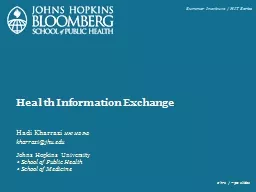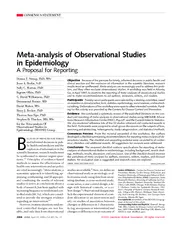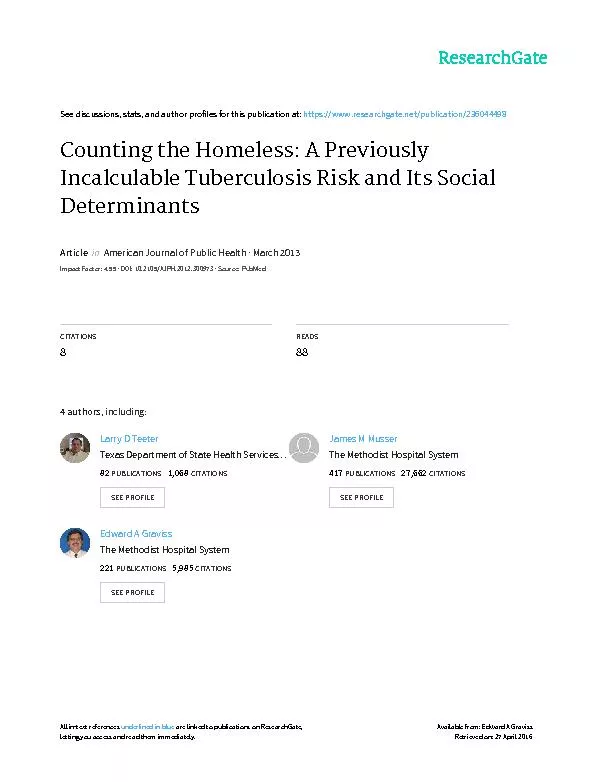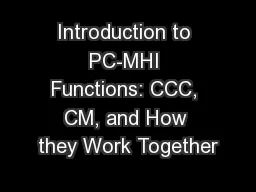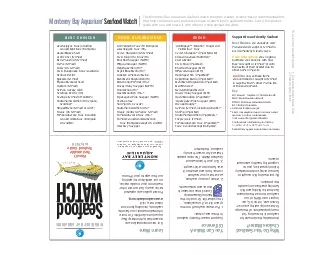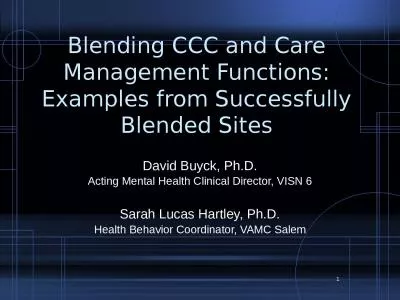PPT-Hadi Kharrazi MHI MD PhD
Author : cheryl-pisano | Published Date : 2019-06-23
kharrazijhuedu Johns Hopkins University School of Public Health School of Medicine Health Information Exchange Summer Institute HIT Series 2 hrs 90 slides
Presentation Embed Code
Download Presentation
Download Presentation The PPT/PDF document "Hadi Kharrazi MHI MD PhD" is the property of its rightful owner. Permission is granted to download and print the materials on this website for personal, non-commercial use only, and to display it on your personal computer provided you do not modify the materials and that you retain all copyright notices contained in the materials. By downloading content from our website, you accept the terms of this agreement.
Hadi Kharrazi MHI MD PhD: Transcript
Download Rules Of Document
"Hadi Kharrazi MHI MD PhD"The content belongs to its owner. You may download and print it for personal use, without modification, and keep all copyright notices. By downloading, you agree to these terms.
Related Documents

